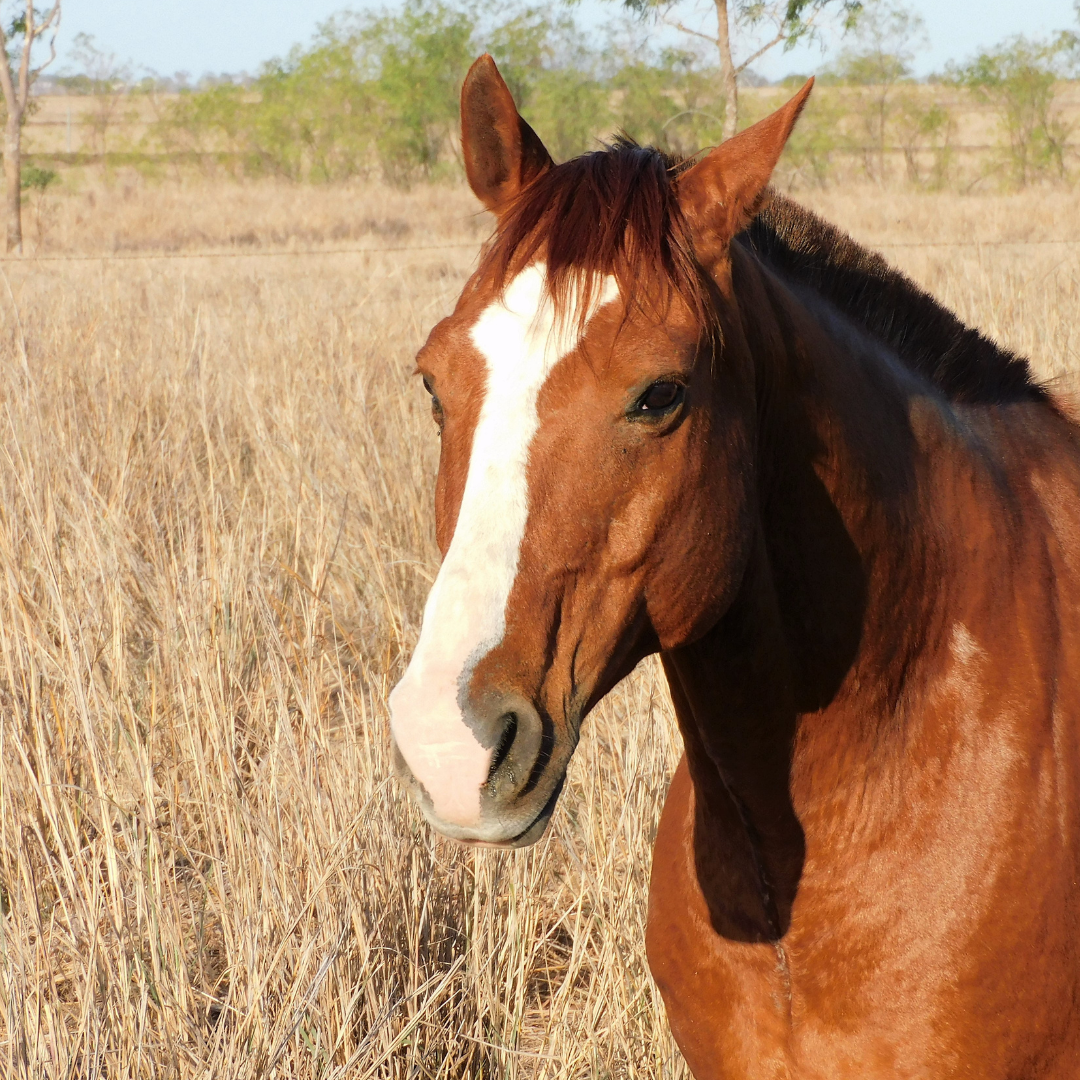It has been noted in Equinews, that Equine gastric ulcer syndrome has been found in significant percentages of racehorses, performance horses and even some populations of pasture-kept horses.
Gastric ulcers in horses
Various factors that may be to blame for gastric ulcer formation is digestive acid irritation, intense exercise, nutritional regimens, racing, stall confinement and use of nonsteroidal anti-inflammatory drugs.
Stress of any type may also be a contributing factor.
Ulcers or erosions in the lining of the equine stomach a reportedly a common condition in performance animals.
In racehorses, for example, ulcers are believed to occur in an estimated 50-90% of horses. Similarly, weanling foals have equally high rates of ulcers.
“While some gastric ulcers can go undetected and seem not to bother certain horses, other horses show a variety of clinical signs, including colic, diarrhea, poor appetite, dull coat, decreased performance, and even behavior changes,” said Kathleen Crandell, Ph.D., an equine nutritionist for Kentucky Equine Research (KER).
“According to a consensus statement on gastric ulcers*, the development of ulcers appears to be most frequently reported in performance horses that are actively training or competing,” Crandell explained.
That study reported the following statistics:
Only 37% of untrained Thoroughbreds have ulcers, but that rate increases to 80-100% within 2-3 months of training;
About 44% of untrained Standardbred racehorses have ulcers, which increases to 87% during training/racing;
Only 48% of endurance horses have ulcers during the off-season; however, 66-93% develop ulcers during the competitive period;
Up to 58% of show/sport and pleasure horses have ulcers; and
Horses kept at home and that rarely compete only have a prevalence of 11%.


